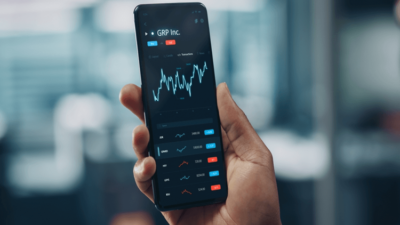High school chemistry labs give students the opportunity to appreciate the wonders of science first hand. Through exciting experiments and educational demonstrations, students will see the theories they’ve learned put into action. Not only will this make their education more meaningful, but it will also make it a lot more fun. An interactive chemistry class could even inspire students to maintain an interest in science for the rest of their lives.
In order for a high school chemistry lab to be successful, you need to have plenty of supplies on hand. A poorly stocked or under-equipped lab won’t give the students the experience they deserve. If you’re in charge of the lab, then you should make sure you have all the necessary supplies on hand. Here are six laboratory products you should never start the school year without.
Table of Contents
Safety Goggles
When experiments get hectic, harmful fluids can end up flying through the air. This can be dangerous for your students. The eyes are the most vulnerable part of the body, especially when dangerous chemicals are on the scene. As a lab coordinator, the students’ safety should be your main concern. That’s why safety goggles are an absolute must. Without this central feature, you really have no business operating a high school lab at all.
Gloves For Chemicals
Gloves are another main safety feature for high school chemistry labs. You might not use highly dangerous acids or bases, but even less potent chemicals can do a number on exposed skin. Chemical-resistant gloves are the best way to make sure students are safe from drips and spills. They’ll also protect fingers from heating elements and sharp tools.
Measuring Tools
Precision is key when it comes to high school science experiments. Students will often be asked to add a certain amount of a certain ingredient or measure how much a substance has increased in volume. That’s why you need plenty of measuring tools for students to conduct their research. Rulers, thermometers, balance scales, and measuring cups are all essential. Measuring spoons and volumetric flasks can also prove helpful.
Bunsen Burners
Most chemistry classes involve watching chemicals react to changes in their environment. This means heat is a central component of many experiments. Bunsen burners have long been a staple piece of equipment in high school chemistry labs. While you might not have the funds to buy one for every student, you should at least have enough for two or three students to share. That way, everyone can participate in their own version of the experiment.
Test Tubes And Graduated Cylinders
To really see how liquid substances interact with each other, your students will need transparent glass test tubes and graduated cylinders. These products are small and fragile, so you’ll probably go through a lot of them over the course of the school year. That’s why it makes sense to order a large batch at the start of the semester. It’s also a good idea to have a few different sizes on hand. Different experiments might call for different amounts of liquid components.
Eye Droppers
Some experiments call for just a few drops of a particular substance. Your students will have a hard time mixing in a small enough amount if they don’t have access to eye droppers. These products are cheap and easy to find, so you should get plenty of them in before the start of the year. Again, it’s best to have a variety of sizes available. Certain experiments will call for tiny droplets, while others will require slightly larger doses.













Comments